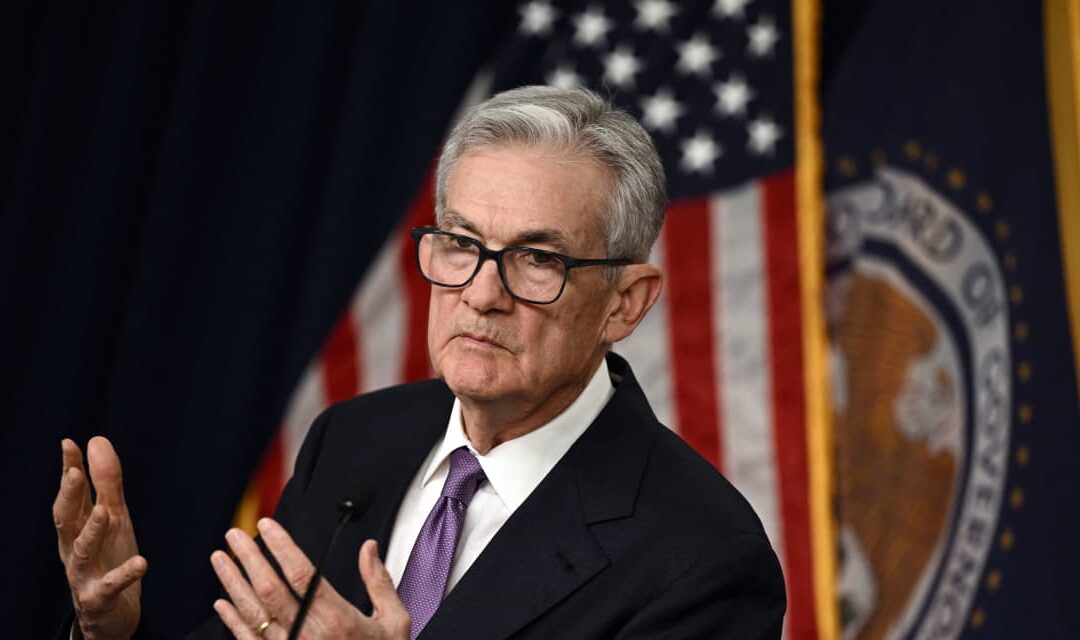U.S. stocks are still clinging to their recent record highs, but around the world, global bond markets are starting to reverse some of a rally that carried yields lower and prices higher late last year.
Yields on benchmark government bonds in Canada, Germany, the U.K., as well as 30-year Treasurys, have reversed all of their decline since the December Federal Reserve meeting, where Fed Chair Jerome Powell left the door open to rate cuts in early 2024. Bond yields move inversely to prices, rising as prices fall, and vice versa.
“Central bankers and economic data pushed back on market expectations of early rate cuts. In the U.S., better-than-expected data on retail sales, consumer sentiment, and unemployment claims, and comments from several Fed officials ran counter to a March rate cut that was nearly fully priced in before the MLK holiday,” Joseph Kalish, chief global macro strategist at Ned Davis Research, said in a recent note to clients.
“As a result, several markets completely unwound the rally off the Powell pivot party,” he added later.
The German 10-year yield
BX:TMBMKDE-10Y
stood at 2.32% on Wednesday, compared with 2.23% on Dec. 12, according to data from FactSet and Ned Davis Research.
The yield on the 10-year gilt
BX:TMBMKGB-10Y,
the U.K.’s benchmark sovereign bond, stood at 3.97% on Dec. 12. On Friday, it was almost back there at 3.93%, although it had returned to 4% as of early Wednesday.
The yield on the Canadian 10-year
BX:TMBMKCA-10Y
was roughly nine basis points higher over the same period.
Meanwhile, the yield on the 30-year Treasury bond
BX:TMUBMUSD30Y
was slightly higher as of Wednesday than it was on Dec. 12. The long-bond yield stood at 4.347% recently, according to FactSet. However, as Kalish pointed out, yields are still significantly lower in the short-to-medium portion of the curve.
Global bond yields rallied hard during the final two months of 2023 as investors rushed to price in as many as six interest-rate cuts from the Fed in 2024, despite the central bank signaling in its official projections that policymakers generally anticipate only three cuts this year, as shown in the latest batch of official Fed projections.
However, some corners of the market, like small-cap stocks, have seen some of their gains from this “everything rally” period reverse as investors have started to reconsider the likelihood that the Fed will begin cutting rates as soon as March. The Russell 2000
RUT,
a closely watched small-cap index, was down 2.5% in recent trade at 1,976.
Treasury yields rallied hard late last year, with the 10-year yield falling nearly 69 basis points during the fourth quarter of 2023, its biggest quarterly decline since March 2020, according to Dow Jones Market Data. The late-year rally helped Treasurys avoid what would have been a third year of losses.








